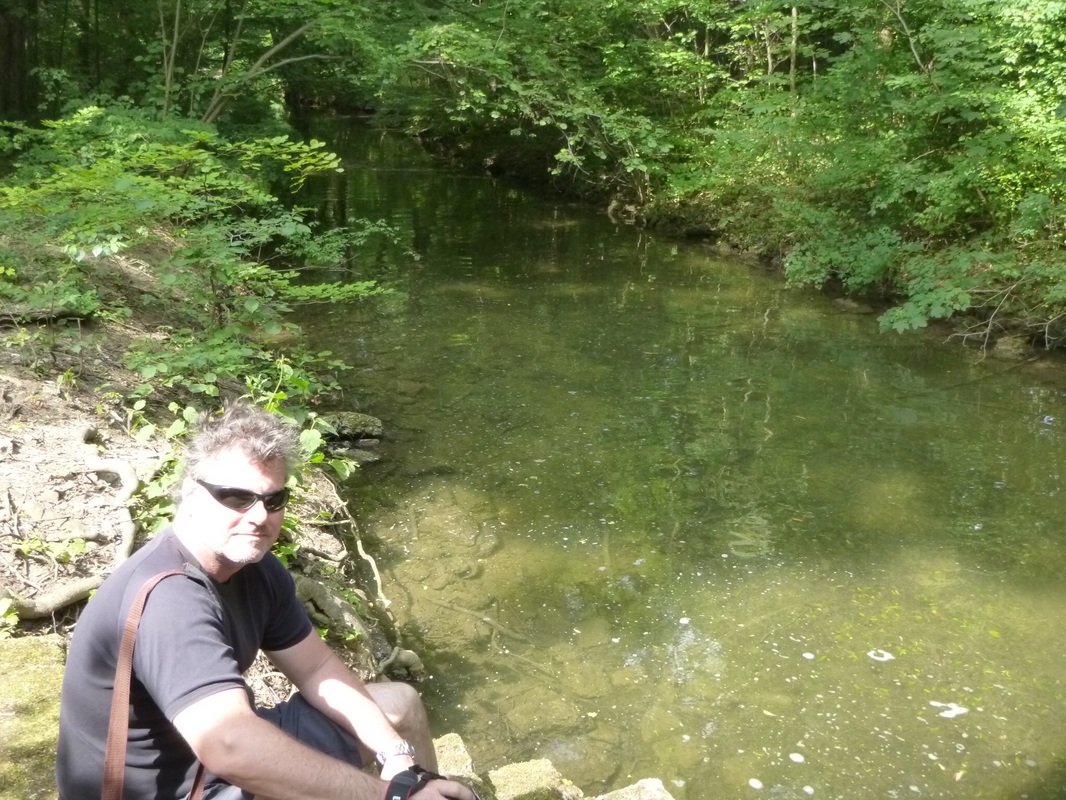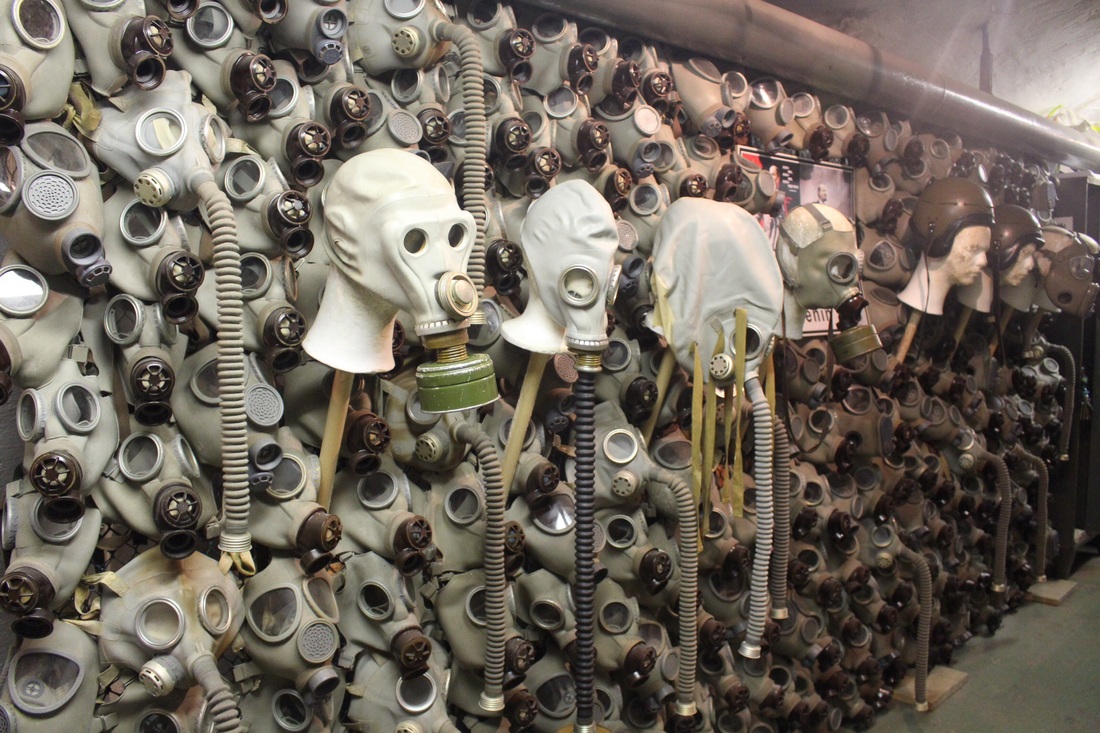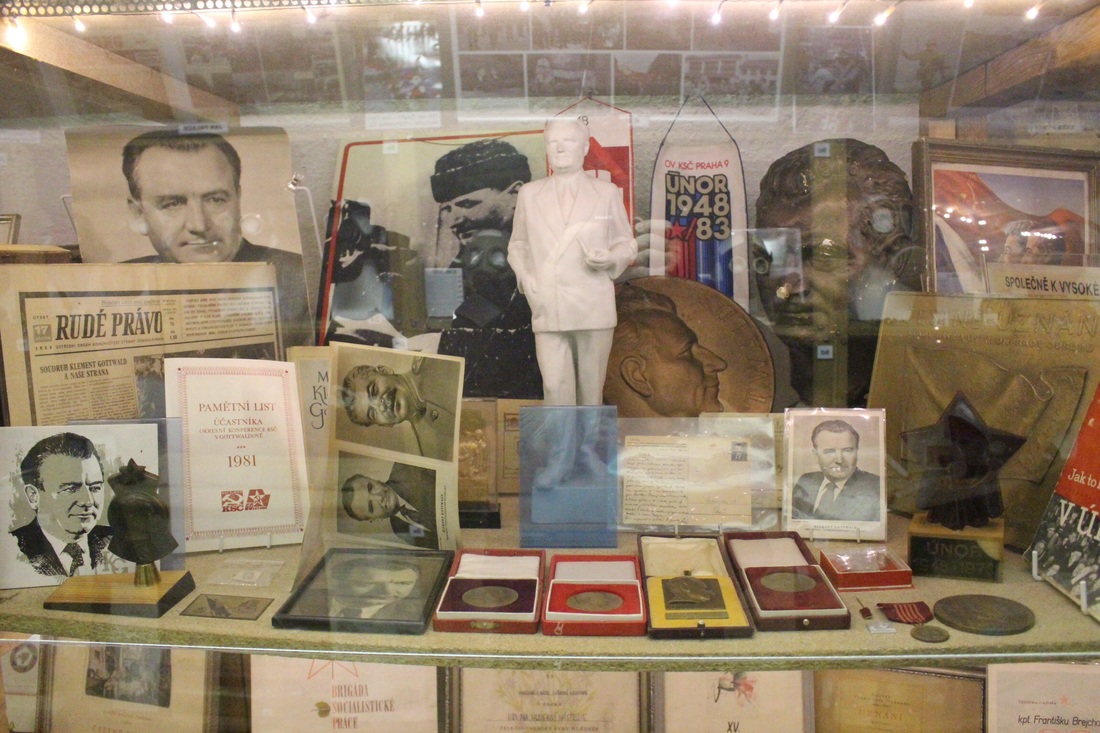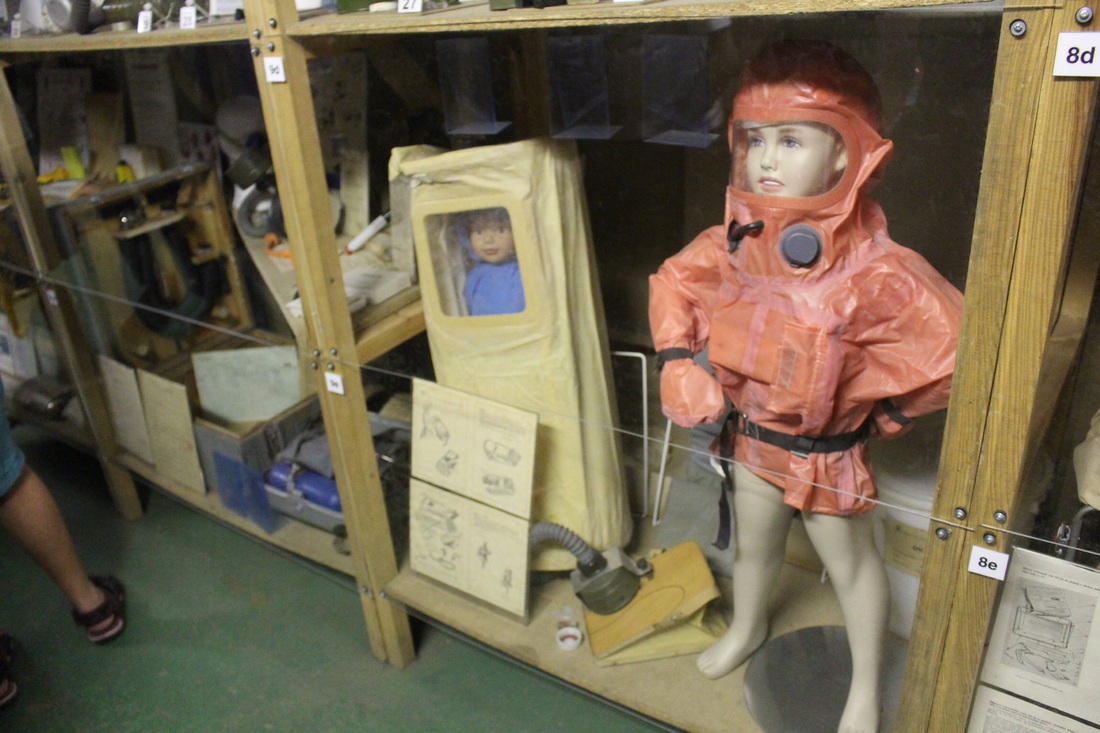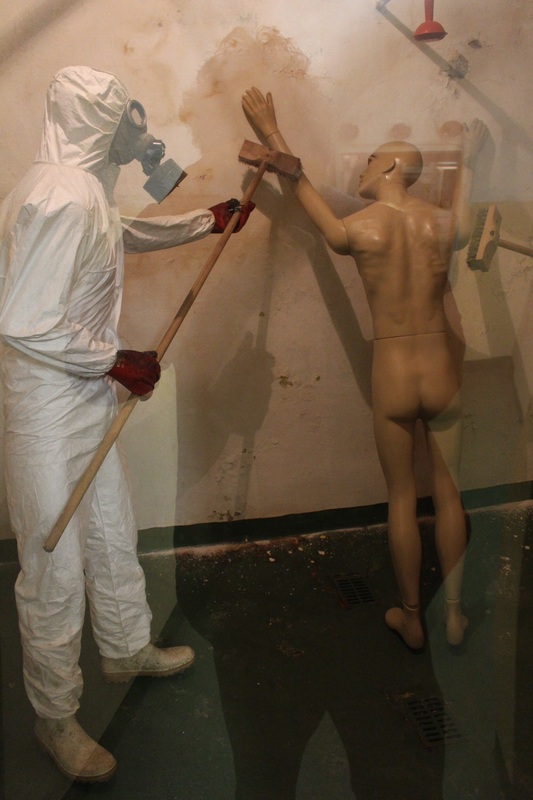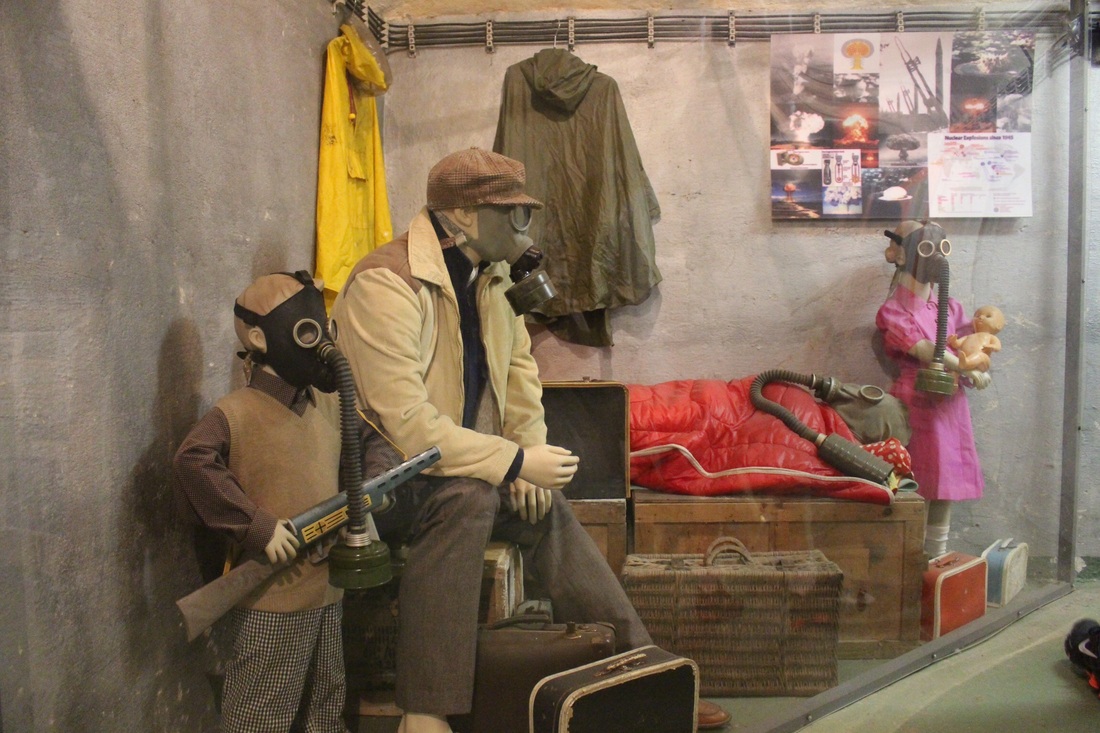Guest blogger: Bruce BarclayThe recently released stage six draft modern history syllabus fails to clearly articulate a vision for the study of modern history in a globalised world. In its previous incarnation, the stage six syllabus at least paid lip service to areas of modern history which were not European in nature, i.e. India as one option. This final draft does not reflect the four options which were tabled to teachers who took the time to provide feedback to BOSTES previously. Teachers of this subject have been ignored with the release of the final draft.
The National Study and Peace and Conflict topic areas have been left relatively unscathed. However the inclusion of Iran into the national study topic area replaces India which is a lost opportunity. Similarly, the Peace and Conflict topic retains the main options, with the inclusion of Conflict in the Gulf 1991-2011, which replaces the UN as Peacekeeper. Essentially these two areas of study have escaped political influence. One of the real, if not the most problematic areas, is the core topic. Instead of utilising one of the options tabled at the consultation process, BOSTES has obviously bowed to political pressure and ignored the recommendations of the majority of teachers. World War One was a topic which although staid, at least had the advantage of being politically neutral and allowed teachers to engage in different national studies with no disadvantage to its students. For example a teacher of the USSR topic can build on students’ knowledge of the World War One topic. However as it stands, the core topic is Nazi Germany 1933-39 and teachers have to cover 9 detailed dot points taking up 60% of course time. To further compound the problem, teachers then need to teach another dictator, e.g. Pol Pot for 30% of the course. This begs the question: why is Nazi Germany deemed the most important topic for the core? Compounding the obvious bias, is that instead of removing Nazi Germany from the National Study it keeps Nazi Germany, but focuses on 1914-33. Clearly any teacher with half a brain will teach the German National Study first, then the Core/Nazi topic and if you haven’t got your fix of Nazi German history, you could finish with the European Conflict option for the Peace and Conflict topic. Already roughly 70% of the state teaches the Nazi option for the National Study so BOSTES wants the rest of the state to follow suit. As one person at the BOSTES consultation meeting at Hurstville remarked “That’s the end of the Soviet Union in every sense”. The USSR and for that matter the other options have been "relegated to the dustbin of history," to quote Goebbels, I mean Trotsky. It’s already working! Unlike the Ancient History course, BOSTES have removed the Personality topic from Modern History and replaced it with Change in The Modern World. I actually thought there has been a lot of change in the modern world in the twentieth century - that is why students love studying Modern History. BOSTES wants teachers to not only teach a personality, e.g. Gorbachev but link it to a time frame of nearly 70 years - The Changing World Order 1945-2011. This option has 19 dot points to cover, plus an evaluation of Gorbachev during the Cold War period. Furthermore, as a hat tip to the old UN as Peacekeeper topic, teachers have to assess the role and impact of the UN as international peacekeeper in relation to one trouble spot in the world, e.g. Somalia. Evidently the old inconsistencies of comparability between the ancient and modern course remain but are amplified, further alienating modern history teachers. If I was a student and had equal interest in modern and ancient history I would choose ancient for ease of content and variety. I hope that someone more technically adept than myself will be able to create a parody of the modern syllabus using snippets from The Downfall movie on youtube. I won’t even start on the exam specifications.
0 Comments
Cold War history is predicated upon the difference between East and West. To that end the history focuses on Moscow and Washington. Rarely do historians focus upon the satellite countries of the Eastern Bloc and to a lesser extent the Western bloc. Czechoslovakia, now known as the Czech Republic, offers an interesting insight into the Cold War. In 1968, the Prague Spring occurred where the leaders of Czechoslovakia desired to have a say in the manner in which communism was to govern their country. Leonid Brezhnev the Premiere of the USSR brutally crushed the Prague Spring by invading the country with 500,000 troops and 4,500 tanks to crush any questioning of the manner in which Eastern Bloc countries were governed. This was referred to as the Brezhnev Doctrine by which the USSr was able to intervene in Eastern Bloc countries without ramifications from the USA and NATO.
Train stations and tunnels in Prague double as nuclear shelters. The stations and tunnels can be closed off with the use of lead doors to protect the population. The cavities for these blast doors are clearly visible to the trained eye at the base of the escalators at the entrance to each platform. Near the Flora railway station is a large bunker which now houses the Nuclear Bunker Museum. The entrance to the bunker resembles a graffitied, walled basketball court. To the general public it is not immediately obvious or accessible. To gain access the bunker needs to be unlocked by a tour guide. The shelter was designed to protect approx 2,500 people. The blast door to the shelter is nearly 1 metre thick and leads to a double helix staircase - one side for entry and one side for exiting. The staircases go down 16 metres to the bunker proper.
Related article:
Soviet ghosts: An empire in decay |
Categories
All
Archives
May 2024
|
